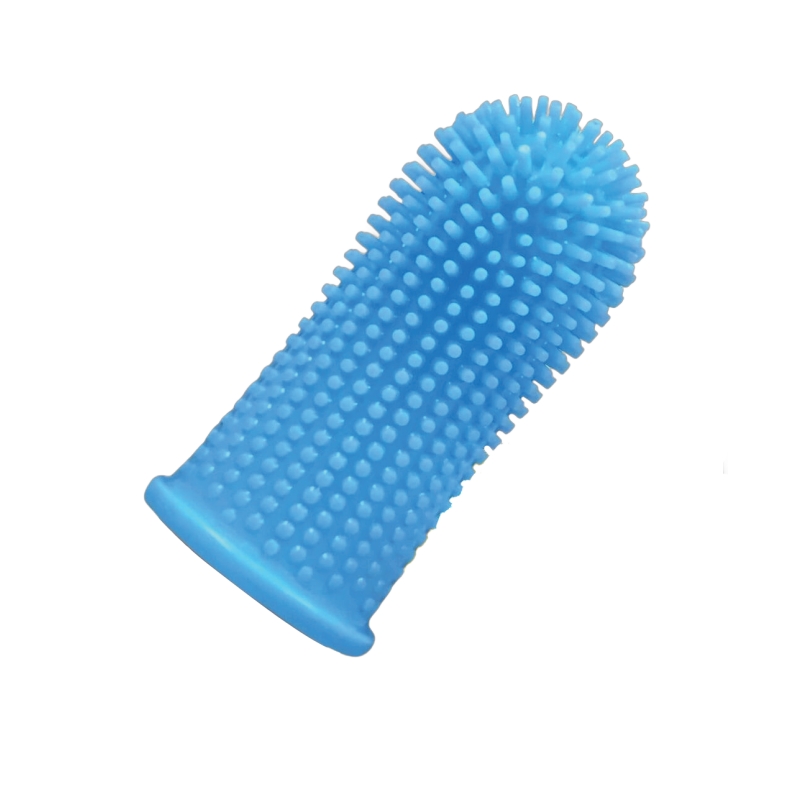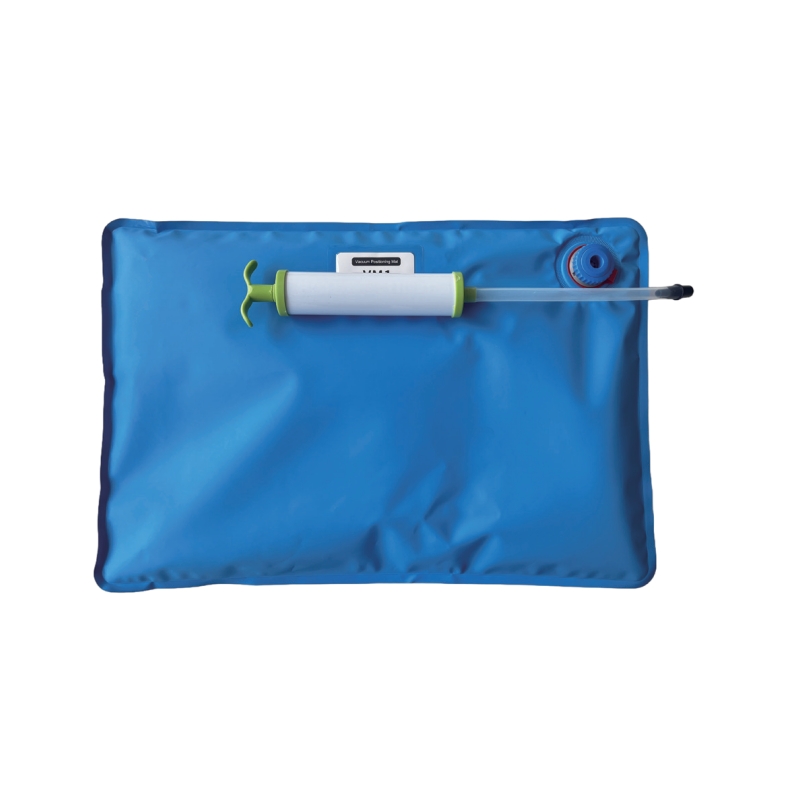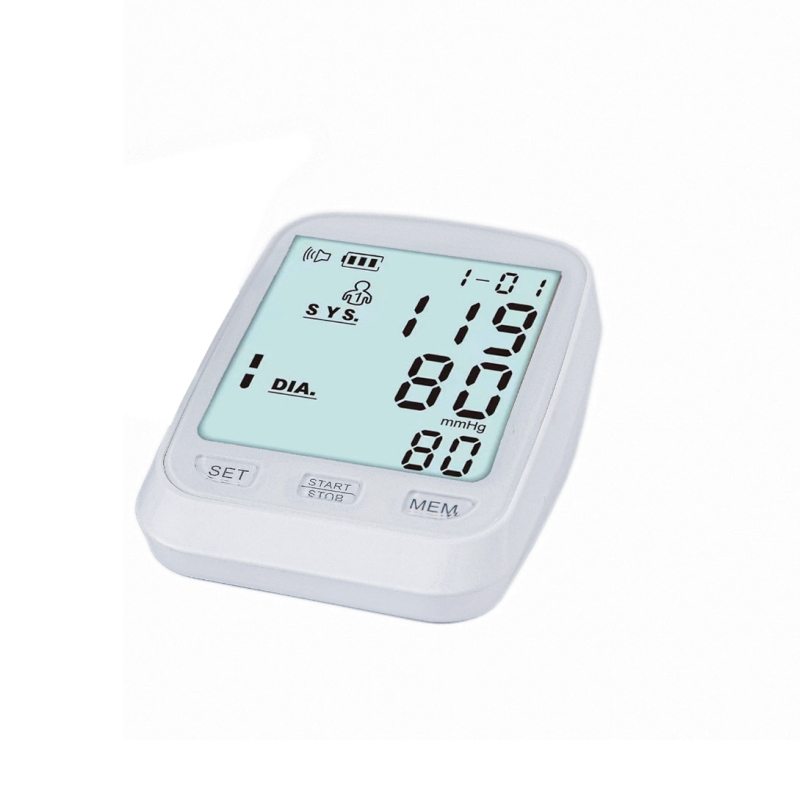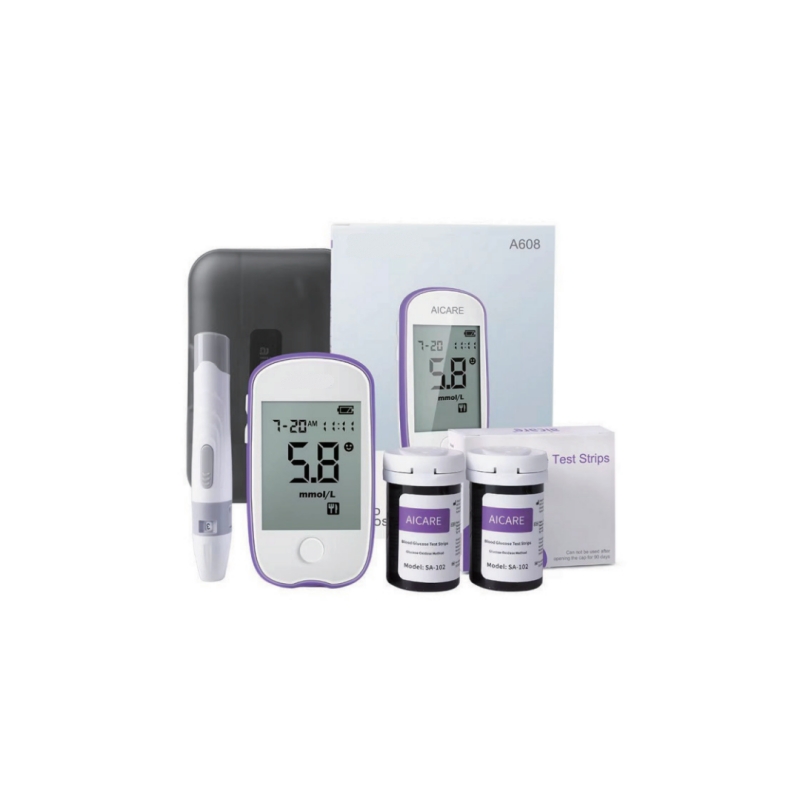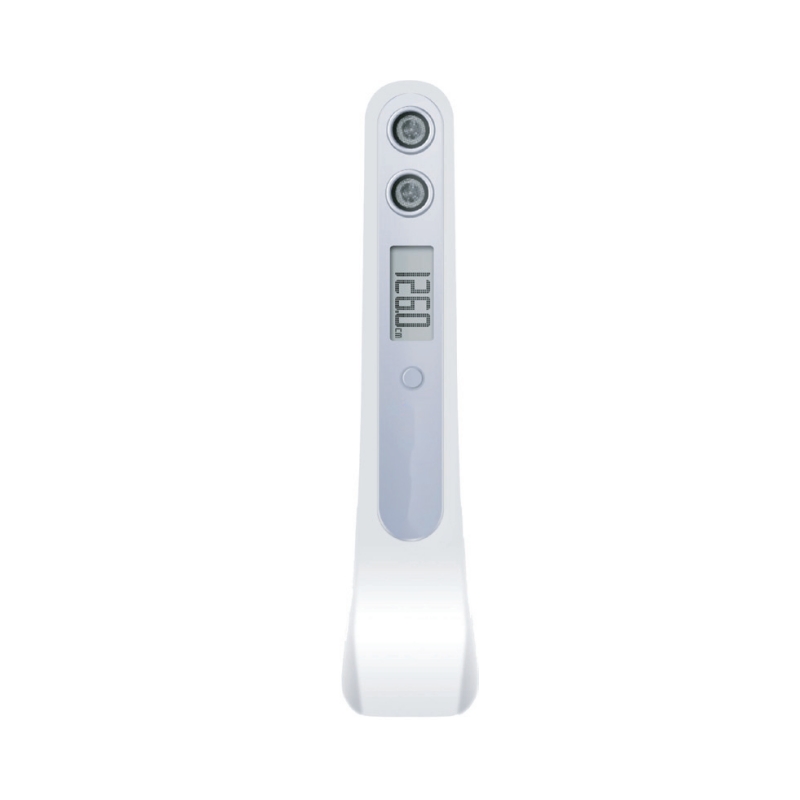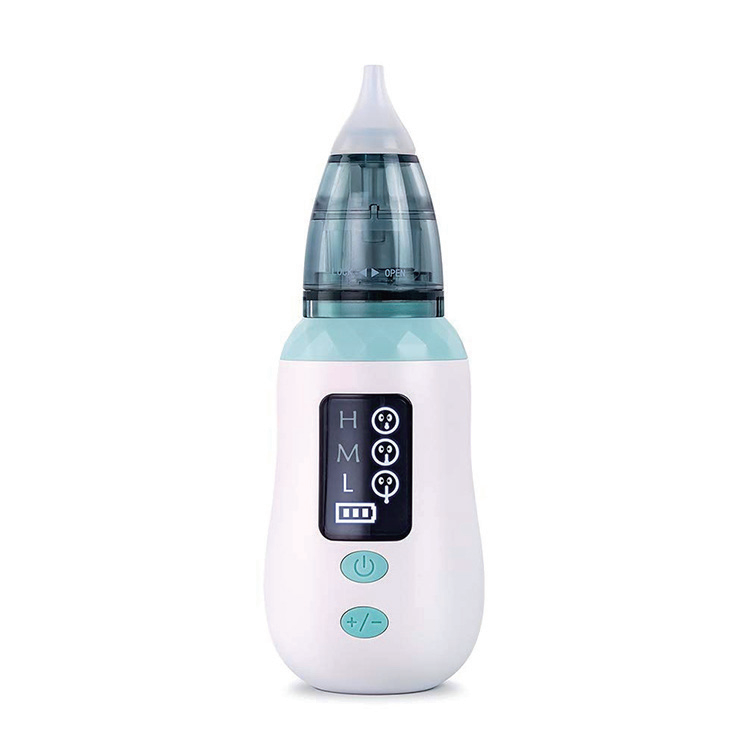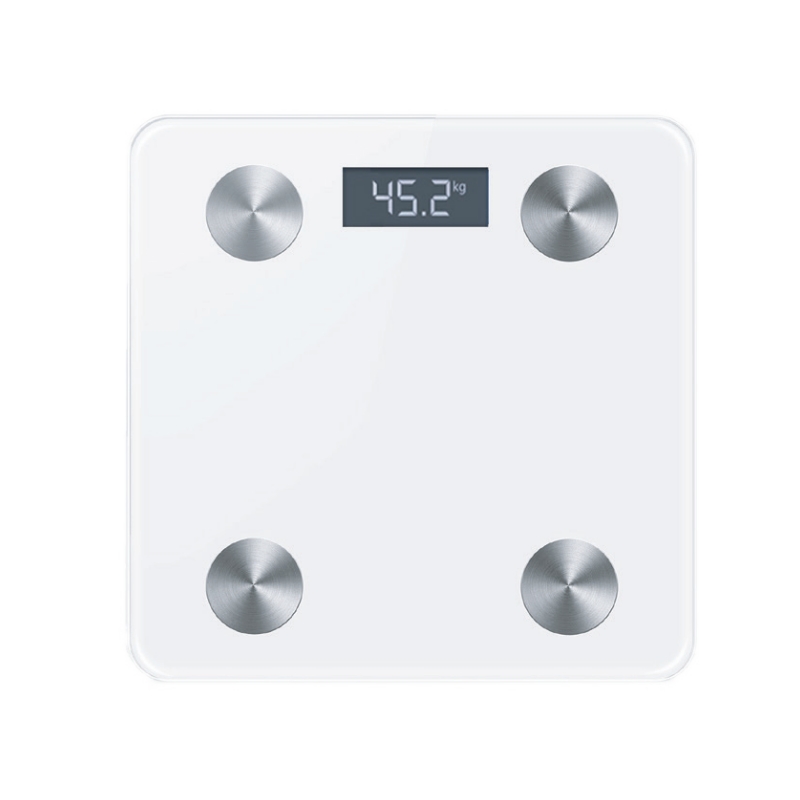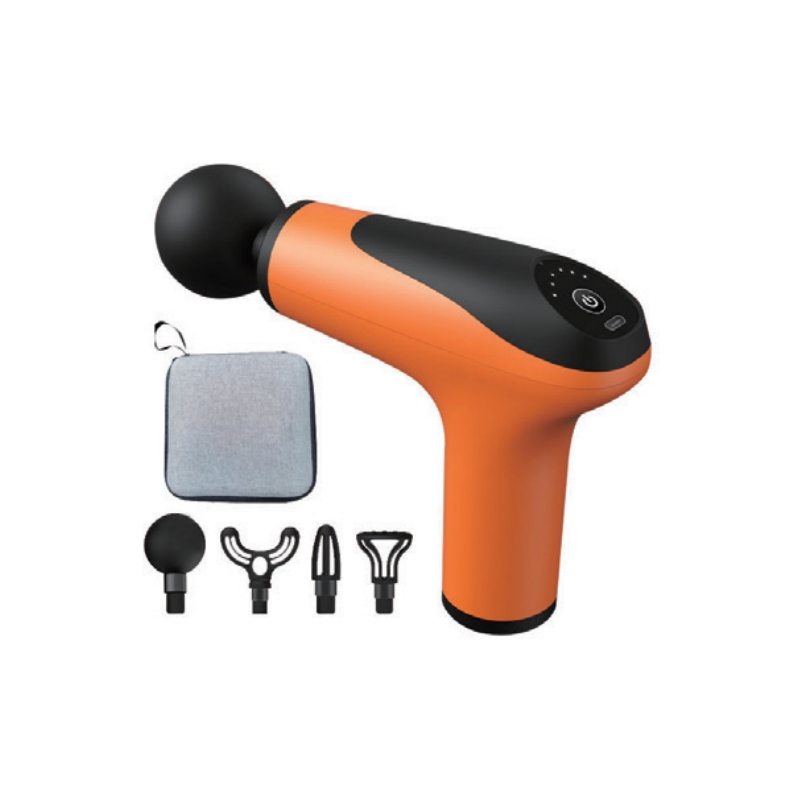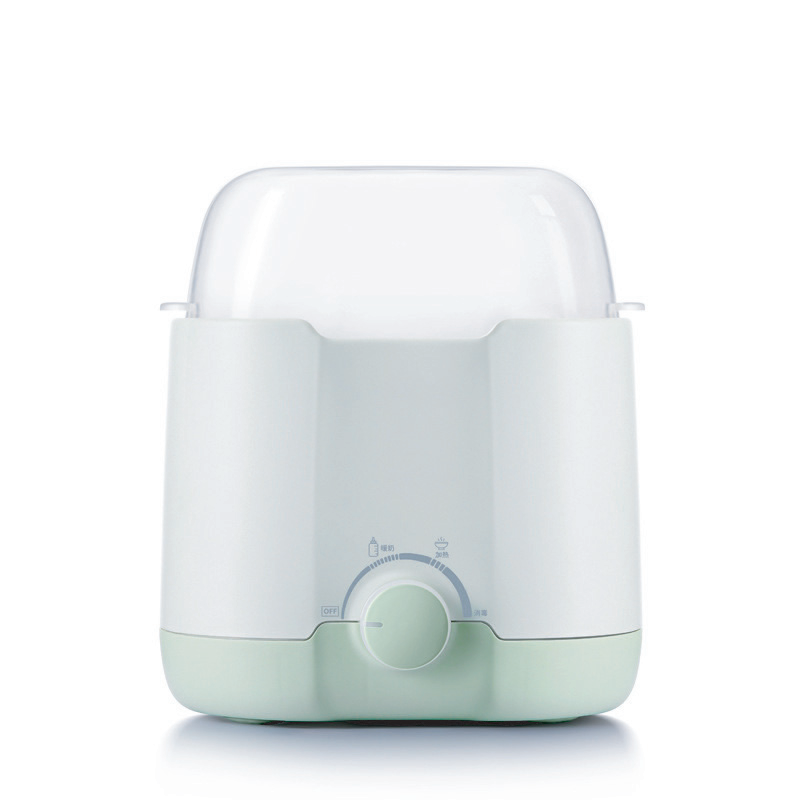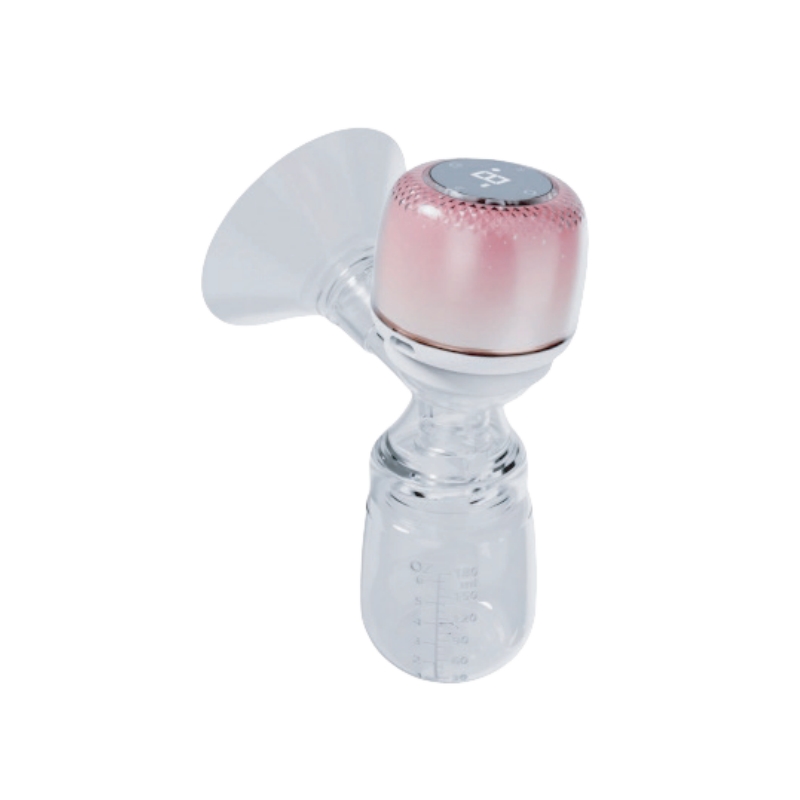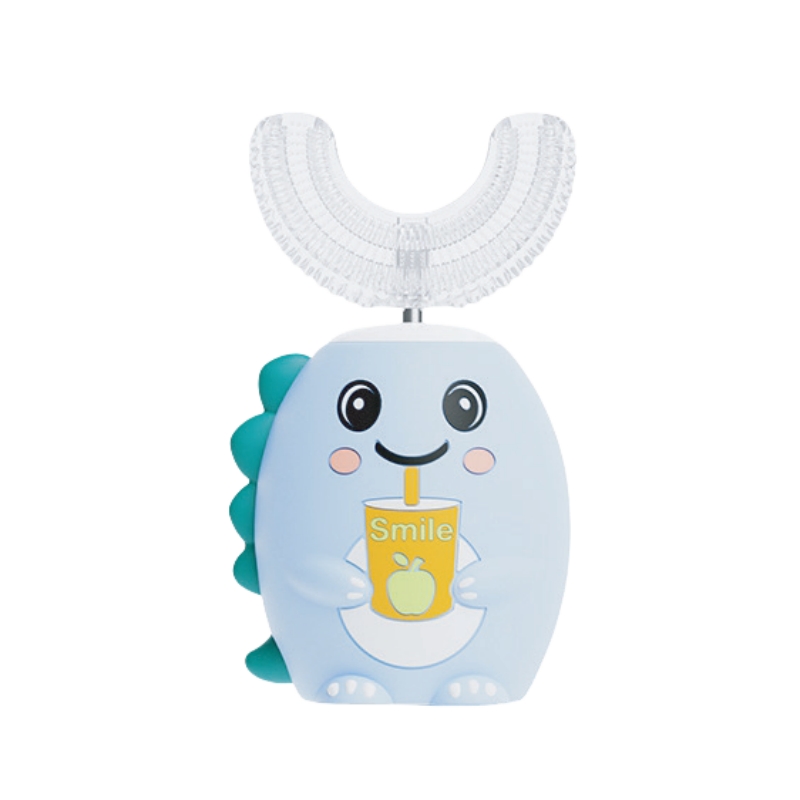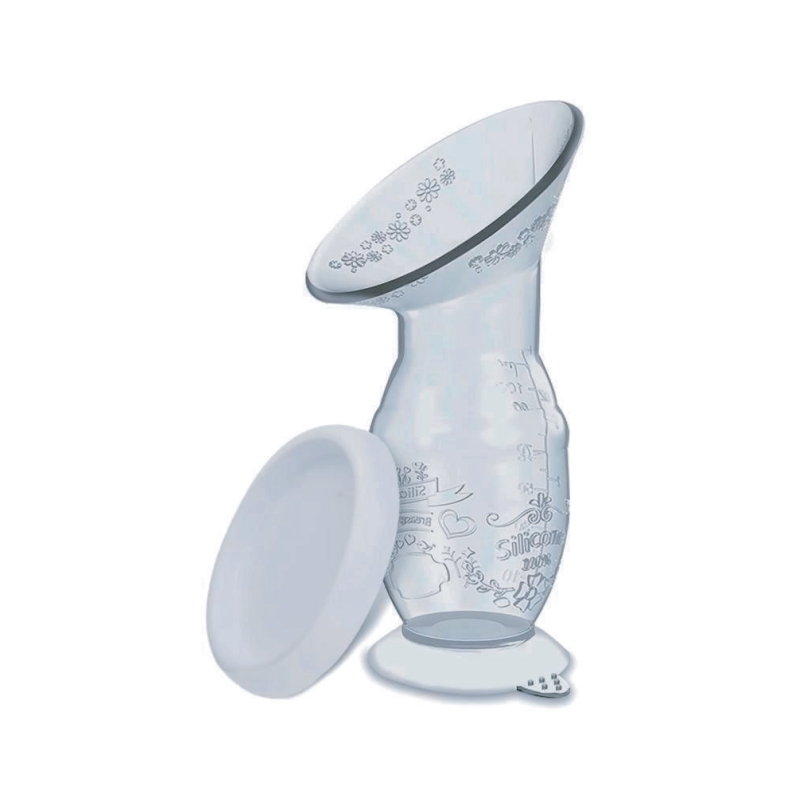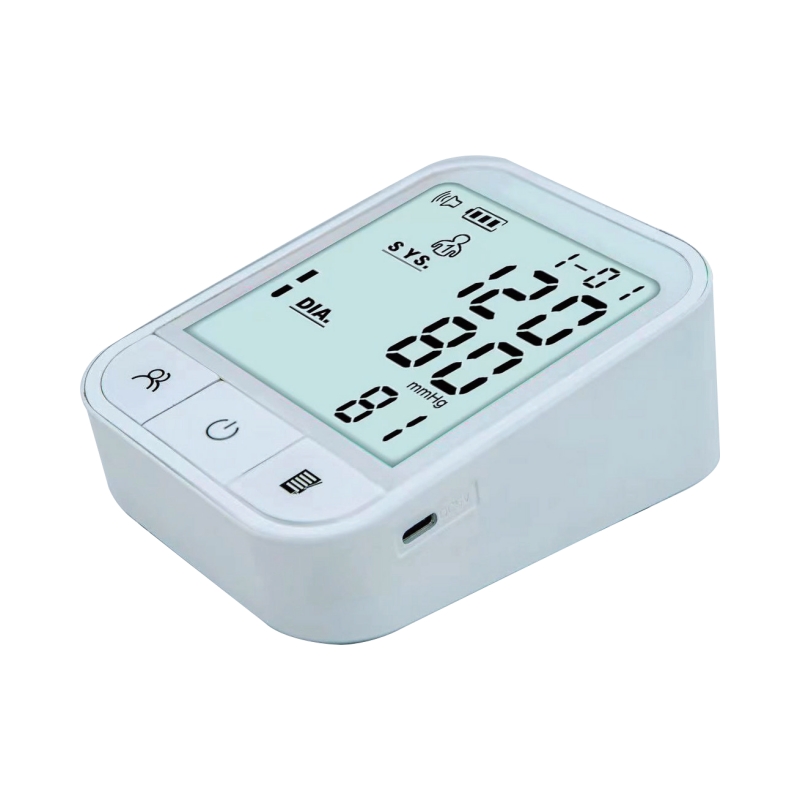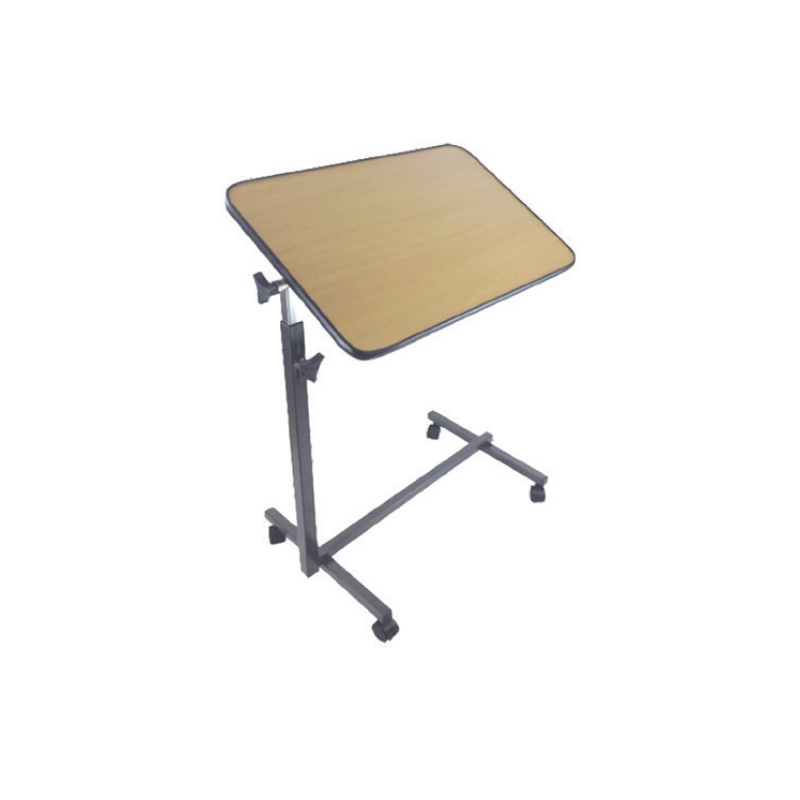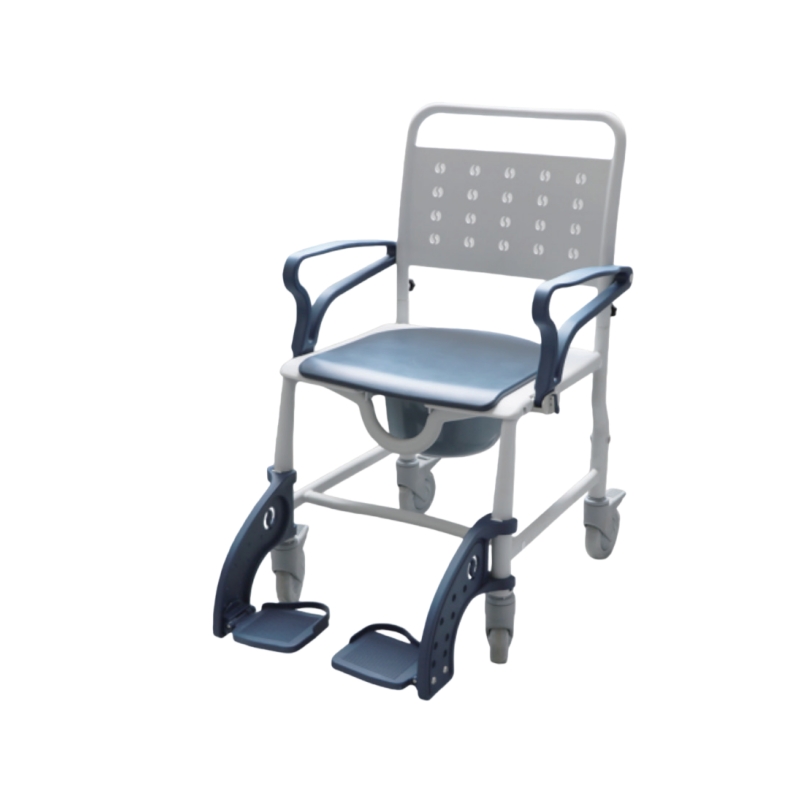An Article to Tell You How to Choose a Household Thermometer?
An Article to Tell You How to Choose a Household Thermometer?
A small thermometer is not only a necessity during special periods for epidemic prevention but also a companion that appears when we have colds and fevers from childhood to adulthood. It is believed that every household's medicine cabinet contains a thermometer.
However, have you ever wondered whether the thermometer in your medicine cabinet is accurate? Is it safe? Is it comfortable to use? Is it convenient to carry around?
Are you really using the thermometer correctly?
01 What are the characteristics of different types of thermometers?
What do people value most when choosing a thermometer?
Accuracy: The higher the accuracy of the thermometer, the smaller the error, which can help us better monitor accurate body temperature and track the progression of illness;
Measurement speed: Completing temperature measurement in a short time is more convenient, especially when taking temperatures for babies;
Multi-functionality: In addition to measuring body temperature, it can also measure the temperature of other objects, greatly facilitating our daily lives;
Good quality: Choosing a good thermometer is key. It should be durable and not easily damaged to better protect the safety of yourself and your family; long-lasting durability allows it to safeguard family health over time!
Currently, thermometers are mainly divided into two categories: mercury thermometers and electronic thermometers, with electronic thermometers further divided into pen-style electronic thermometers and infrared thermometers.
Mercury Thermometer
The mercury thermometer is the most common type of thermometer.
The principle of the mercury thermometer: The mercury inside the thermometer expands and contracts with temperature changes. Mercury has excellent thermal conductivity, so even slight temperature changes cause its volume to change accordingly.
Advantages of the mercury thermometer: High accuracy, good stability, low cost, and no need for an external power source.
Disadvantages of the mercury thermometer: Mercury thermometers contain mercury. If accidentally broken, the volatilized mercury can seriously harm our health. Moreover, the broken fragments of the thermometer can also cause physical injury. Many countries around the world have successively banned its use.
Additionally, mercury thermometers require a long measurement time and are difficult to read. Before each use, the mercury thermometer must be shaken down to below 35°C and kept tightly under the armpit for 3 to 5 minutes.
Pen-Style Electronic Thermometer
The principle of the pen-style electronic thermometer: It utilizes the definite relationship between certain physical parameters (such as resistance, voltage, current, etc.) of materials and the ambient temperature, displaying body temperature in digital form.
Advantages of the pen-style electronic thermometer: The electronic thermometer provides intuitive readings, is portable, compact, innovative, and not easily damaged. It is easier to store than ordinary mercury thermometers and can measure underarm, oral, and rectal temperatures.
Clinical trials have proven that electronic thermometers, which use the thermistor principle to measure temperature, have the same accuracy as mercury thermometers. Moreover, mercury thermometers only have whole-degree markings, with decimal markings requiring visual estimation, and readings may vary slightly depending on the viewing angle. In contrast, electronic thermometers can provide readings accurate to 0.01 degrees, making them more precise.
The Children's Hospital of Fudan University and Tianjin First Central Hospital have conducted comparative experiments using KELLYUNION electronic thermometers and mercury thermometers. The results showed no significant difference in accuracy between the two, proving that electronic thermometers are as highly accurate as mercury thermometers. Furthermore, it is understood that the KELLYUNION electronic thermometer used in the experiment has an accuracy of 0.1 degrees, allowing for more detailed and precise observation of body temperature.
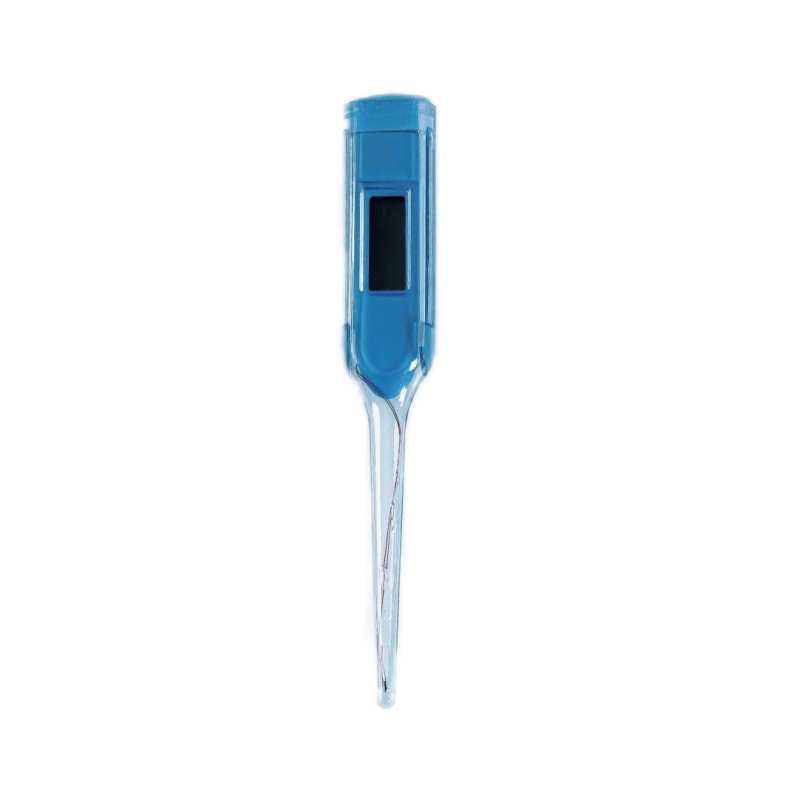
Infrared Thermometer
The principle of the infrared thermometer: It measures body temperature through infrared technology. The body's infrared thermal radiation is focused onto a detector, which converts the radiation power into an electrical signal. This signal, after compensating for ambient temperature, is displayed in units of temperature.
Advantages of the infrared thermometer: It is convenient, simple, fast, and quite accurate for collecting body temperature.
Infrared thermometers are mostly divided into contact and non-contact types. Contact infrared thermometers are primarily ear thermometers, while non-contact infrared thermometers are mainly forehead thermometers.
Among these, ear thermometers can measure temperature quickly in 1 to 2 seconds. Simply insert the probe into the ear canal and press the measurement button.
It should be noted that if there are children under 2 years old in the household, do not use an ear thermometer. The ear canal is not straight, and to measure accurately, parents need to straighten the child's ear canal by pulling it. This requires a higher level of skill, and improper operation can injure the ear canal.
Forehead thermometers can be non-contact or contact. Non-contact forehead thermometers measure temperature at a distance of about 3 to 5 cm from the forehead. Contact forehead thermometers, on the other hand, directly touch the forehead for measurement, avoiding inaccuracies due to incorrect distance estimation and minimizing environmental impact through zero-distance measurement.
02 Methods You Must Master for Measuring Body Temperature
Human body temperature varies throughout the day, being lower in the early morning and slightly higher in the late afternoon. Therefore, it is normal to have slight differences in temperature measurements taken at different times of the day.
Oral Temperature Measurement
Place the front end of the thermometer's sensor under the tongue, press down slightly, and keep the mouth completely closed during measurement. Do not speak. The normal oral temperature ranges from 36.0°C to 37.5°C.
Axillary Temperature Measurement
Place the sensor end of the thermometer under the armpit at the frontmost part parallel to the body. Keep the arm close to the body to ensure the thermometer is completely covered by the skin and unaffected by air. The normal axillary temperature ranges from 35.0°C to 37.0°C.
Rectal Temperature Measurement
Apply a water-soluble lubricant to the front end of the thermometer. Insert the front end of the thermometer less than about 1.5 cm into the anal opening. If any resistance is encountered, stop the measurement immediately. The normal rectal temperature ranges from 36.2°C to 37.9°C.
Ear Temperature Measurement
Before measurement, clean any earwax or foreign objects from the ear canal. Gently pull the ear backward to straighten the ear canal, insert the probe into the ear canal, and press the measurement button to read the value. The normal ear temperature ranges from 35.8°C to 38°C.
Forehead Temperature Measurement
Before measurement, clean any sweat or cosmetics from the forehead area. Use your hand to push aside any hair, aim the sensor at the midpoint between the eyebrows at a distance of about 1 to 3 cm, and press the measurement button to read the value. The normal forehead temperature ranges from 35.8°C to 37.8°C.

 English
English Spanish
Spanish Turkish
Turkish
